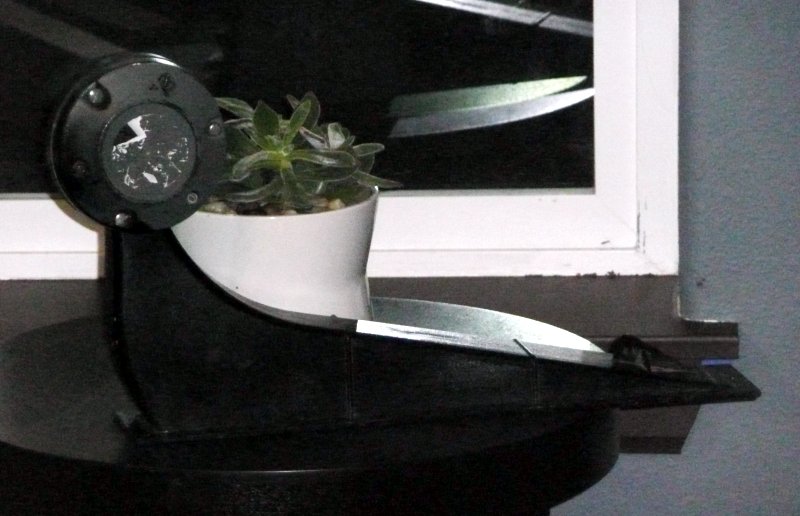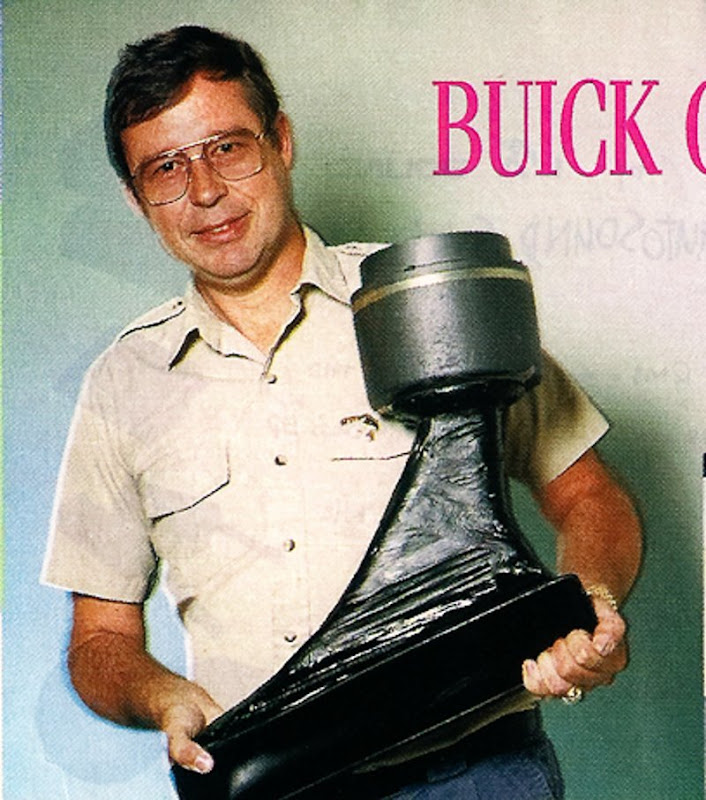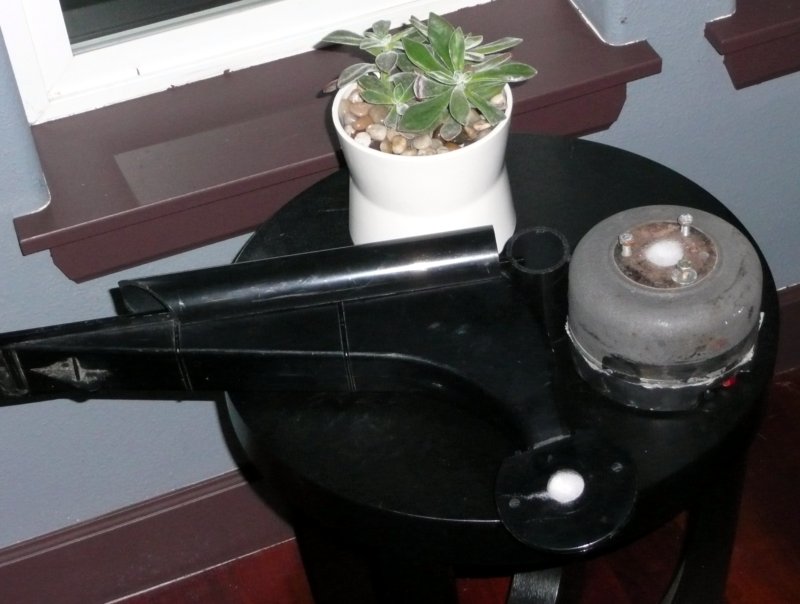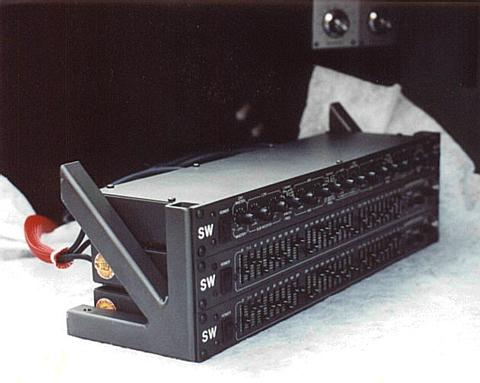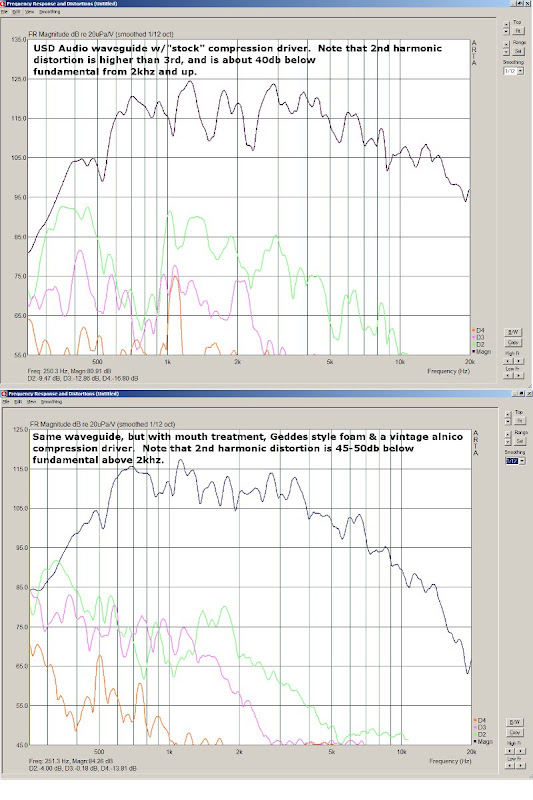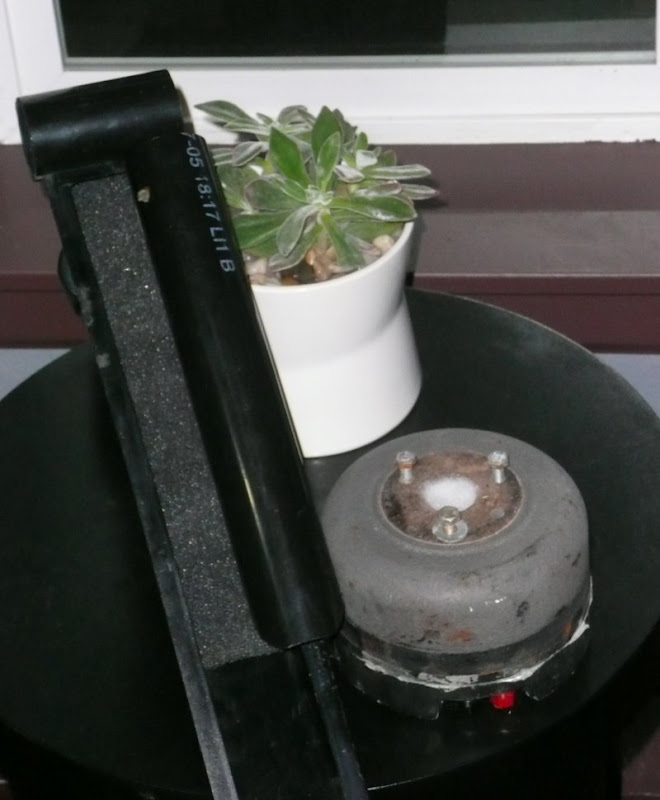I've been studying horns for over a decade now, and the Grand National was a big inspiration for car audio projects. A few years ago I built a system which was largely based on the GN.
Since it worked quite well, I thought I would document a comparable system, for anyone else on the forum that's interested in a dynamic and affordable system.
Before I get into the details on the components, it's worth discussing why you might want to build it. In car audio, it's very easy to generate bass. Due to the small dimensions of a car, generating lots of low frequency output is almost effortless. The problem is that it's difficult to engineer a midbass that can keep up with the subs. This is why many people find the bass in their systems overpowering and sluggish. It's not the sub that's the problem - it's the midbass.
Even more difficult is generating a convincing image. In a typical car, the left speaker is mounted in the door. Speaker Works, the designers of the original Grand National solved this problem by using extraordinarily long path lengths. The way that they accomplished this was by placing horn loaded compression drivers *under* the dash.
In "Project GNIB" I will demonstrate how to build a similar system, but at a much lower cost. More importantly, this system will be within reach of anyone. Many of my projects require fabrication, measurements, and tools. This project will require none of that. It uses readily available components in a format that's rarely seen in car audio.
Since it worked quite well, I thought I would document a comparable system, for anyone else on the forum that's interested in a dynamic and affordable system.
Before I get into the details on the components, it's worth discussing why you might want to build it. In car audio, it's very easy to generate bass. Due to the small dimensions of a car, generating lots of low frequency output is almost effortless. The problem is that it's difficult to engineer a midbass that can keep up with the subs. This is why many people find the bass in their systems overpowering and sluggish. It's not the sub that's the problem - it's the midbass.
Even more difficult is generating a convincing image. In a typical car, the left speaker is mounted in the door. Speaker Works, the designers of the original Grand National solved this problem by using extraordinarily long path lengths. The way that they accomplished this was by placing horn loaded compression drivers *under* the dash.
In "Project GNIB" I will demonstrate how to build a similar system, but at a much lower cost. More importantly, this system will be within reach of anyone. Many of my projects require fabrication, measurements, and tools. This project will require none of that. It uses readily available components in a format that's rarely seen in car audio.



